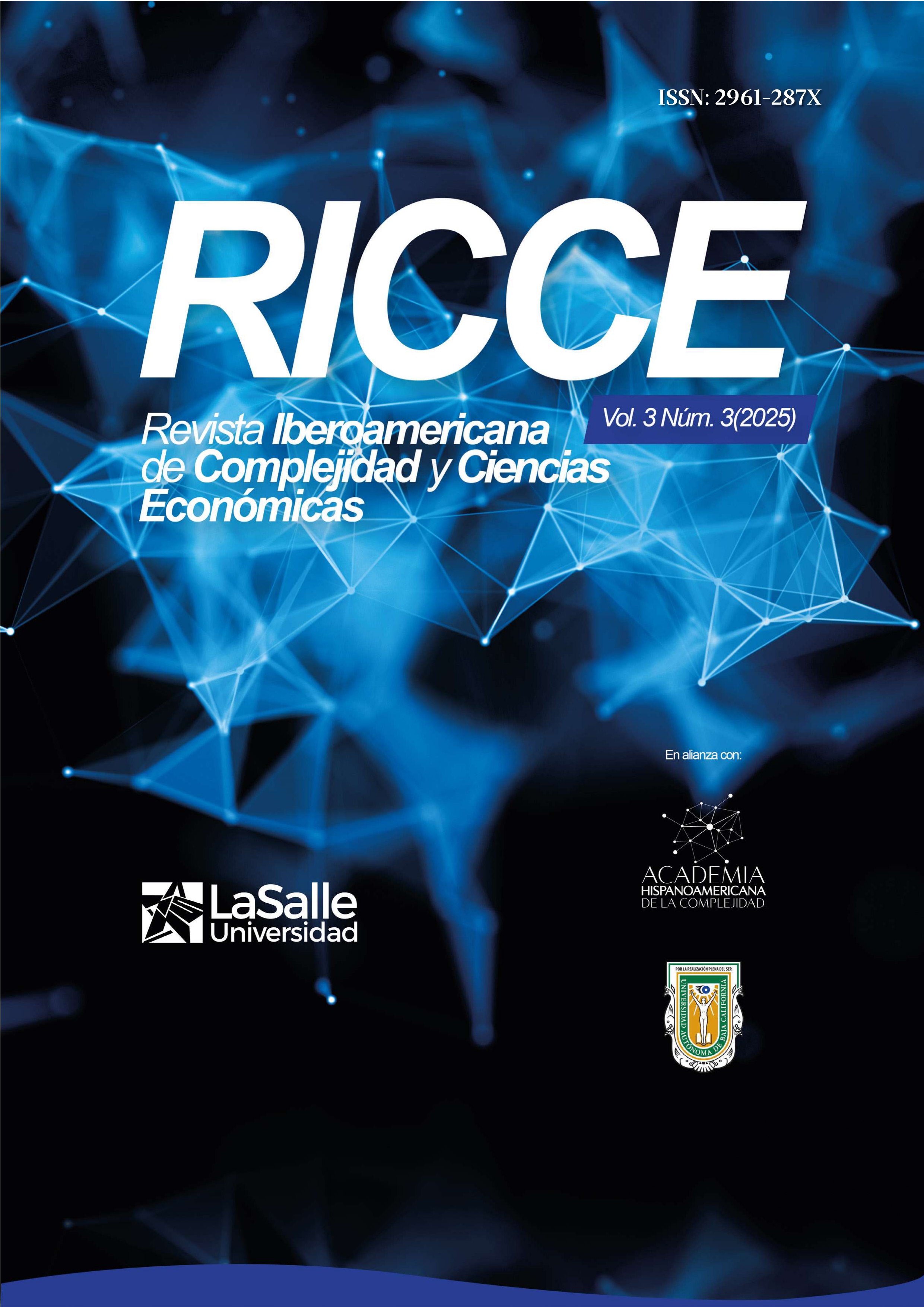NEW CRYPTOCURRENCIES AGAINST MONEY LAUNDERING: PERSPECTIVES FROM COMPLEXITY
Abstract
This paper analyzes the weaknesses of virtual currency use against money laundering and terrorist financing, as well as the potential for regulating online transactions and enforcing asset forfeiture laws. These currencies have gained popularity, especially among young people who distrust governments and traditional banking, marking a change in the era and in the way contracts are made that generates uncertainty and, consequently, favors transnational crime. Changes in finance impact society as a whole and monetary exchange. Although multiple cryptocurrencies exist, Bitcoin is the most widespread and used. The method followed is inductive, analyzing their different uses in the market and institutional responses such as those of the European Central Bank and the Federal Reserve. It is observed that these currencies allow for the rapid movement of assets on a global scale, but their anonymity encourages tax evasion, a lack of consumer protection, and the opacity of transactions. Based on comparative doctrines, the phases of money laundering and the need to adapt control methodologies are shown. In conclusion, the law must face this phenomenon by integrating categories of complexity to understand its emerging, adaptive and global dynamics.
Downloads
References
FATF. (2013). Internet-based payment services. Financial Action Task Force. https://www.fatf-gafi.org/
FATF. (2021). Updated guidance for a risk-based approach to virtual assets and virtual asset service providers. Financial Action Task Force. https://www.fatf-gafi.org/
Forgang, G. (2019). Money laundering through cryptocurrencies. La Salle University.
Hansen, J. D. (2016). Virtual currencies: International actions and regulations. Perkins Coie LLP.
Lansky, J. (2018). Possible state approaches to cryptocurrencies. Journal of Systems Integration, 9(1), 19–31. https://doi.org/10.20470/jsi.v9i1.335
Navarro Cardoso, F. (2019). Criptomonedas (en especial, bitcóin) y blanqueo de dinero. Revista Electrónica de Ciencia Penal y Criminología, (21), 1–45. http://criminet.ugr.es/recpc/21/recpc21-14.pdf
Palacios Rodríguez, M. (2020). Las criptomonedas en América Latina. Observatorio Económico Latinoamericano.
Popper, N. (2013, November 24). In Bitcoin’s orbit: Rival virtual currencies vie for acceptance. The New York Times. https://www.nytimes.com/
Chainalysis. (2021). Global crypto adoption index. Chainalysis. https://blog.chainalysis.com/
Copyright (c) 2025 Iberoamerican Journal of Complexity and Economics Sciences

This work is licensed under a Creative Commons Attribution-NonCommercial-NoDerivatives 4.0 International License.
The authors transfer exclusively the right to publish their article to the Iberoamerican Journal of Complexity and Economics Sciences, which may formally edit or modify the approved text to comply with its own editorial regulations and with universal grammatical standards, before its publication; Likewise, our journal may translate the approved manuscripts into as many languages as it deems necessary and disseminate them in various countries, always giving public recognition to the author or authors of the research.









